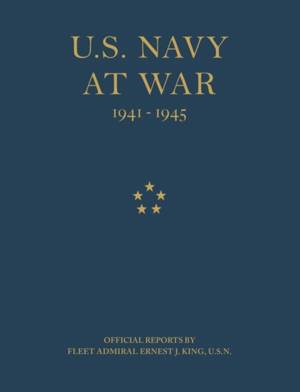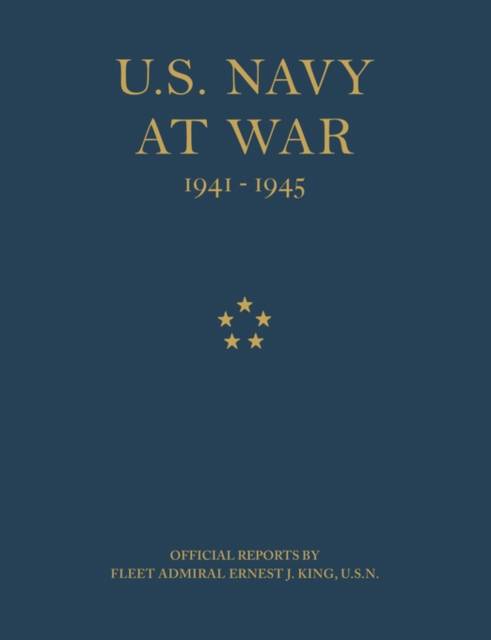
- Retrait gratuit dans votre magasin Club
- 7.000.000 titres dans notre catalogue
- Payer en toute sécurité
- Toujours un magasin près de chez vous
- Retrait gratuit dans votre magasin Club
- 7.000.0000 titres dans notre catalogue
- Payer en toute sécurité
- Toujours un magasin près de chez vous
U.S. Navy at War
Official Reports by Fleet Admiral Ernest J. King, U.S.N.
Ernest J King, United States
Livre broché | Anglais
48,45 €
+ 96 points
Description
At the beginning of World War II, in the midst of building the United States Navy into a "two-ocean fleet," the Japanese attack on Pearl Harbor put the effectiveness of American sea power in doubt. Three and a half years later, the U.S. Navy was undoubtedly the strongest in the world. In that time, the Japanese fleet had been shattered, the U-Boat threat was a thing of the past, and the Navy had supported the greatest amphibious campaigns in history. "U.S. Navy at War: Official Reports by Fleet Admiral Ernest J. King, U.S.N.", consisting of three reports submitted by Admiral King to the Secretary of the Navy in the course of the war, is an official account of the U.S. Navy's operations in World War II. It provides an authoritative contemporary account of the beginning of the fleet buildup prior to the outbreak of war; the campaigns in the Pacific, Atlantic, and Mediterranean; naval research and development; submarine warfare; and many other aspects of the naval war. In addition, the book provides useful listings of all U.S. ships added to the fleet between December 7, 1941 and October 1, 1945, a list of U.S. ships lost in combat, and another that outlines the status of major combatant ships of the Japanese Navy at the end of the war - a sobering testimony to the overwhelming naval superiority achieved by the United States. Long out of print, "U.S. Navy at War" remains a unique source for anyone interested in the Second World War at sea. Originally published in 1946. 310 pages, ill.
Spécifications
Parties prenantes
- Auteur(s) :
- Editeur:
Contenu
- Nombre de pages :
- 316
- Langue:
- Anglais
Caractéristiques
- EAN:
- 9781907521423
- Date de parution :
- 01-09-10
- Format:
- Livre broché
- Format numérique:
- Trade paperback (VS)
- Dimensions :
- 189 mm x 246 mm
- Poids :
- 566 g

Les avis
Nous publions uniquement les avis qui respectent les conditions requises. Consultez nos conditions pour les avis.






